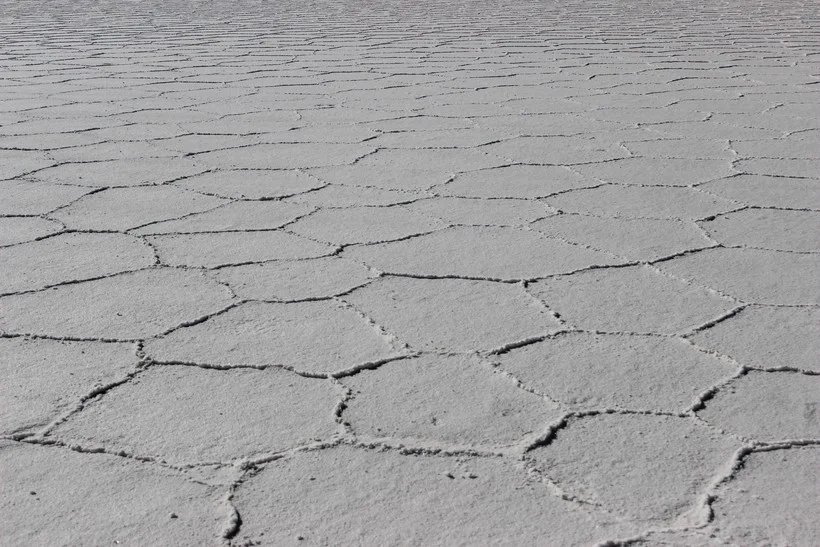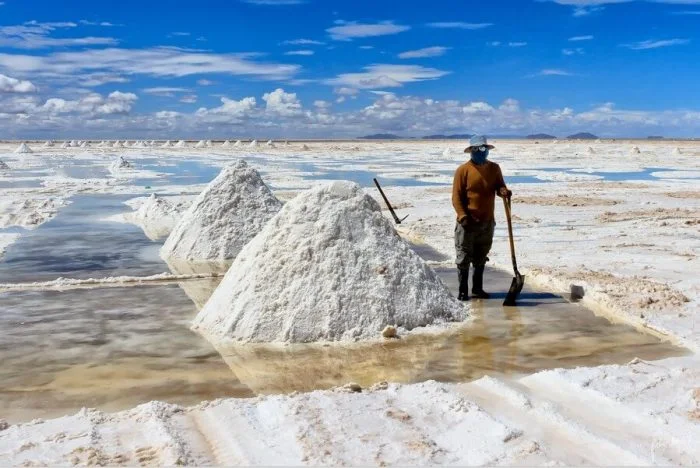Salar de Uyuni (Uyuni Salt Flat) is not just the main attraction of Bolivia and one of the most interesting places on the planet. This is truly another planet - the edge, where everything is completely different from what we are used to. Unreal landscapes, amazing places, sunsets, sunrises, salt, water, giant cacti, a graveyard of steam locomotives, endless horizons, colorful mountains, hot springs, fast-moving geysers, colorful lagoons, llamas and flamingos - this is just what pops up in my memory in first turn. In fact, there is much more beautiful and amazing there. It is worth adding that you look at all this natural splendor from the windows of a jeep, which looks very colorful in the endless white expanses.
 |
| Salar de Uyuni |
Salt Flat (Salar de Uyuni) - All these incredible landscapes impressed me so much that I went to the salt marsh twice and will gladly go again. Every time you travel, you can add something new, and, most importantly, depending on the season, the lagoons and the salt sea can look very different.
 |
| Salar de Uyuni |
The Salar de Uyuni Salt Flat marsh looks like it is impossible to describe in words. It's like salsa, you can't learn it, you can only feel it. This is mysticism, another universe, full of delight, a riot of nature, a combination of what would never have occurred to us to combine, harmony, explosion, the unity of the living and the inanimate, contrast, life.
 |
| Salar de Uyuni |
When to go
Salar de Uyuni can be visited year-round, because if you managed to see this natural miracle with your own eyes, then this is already a colossal success.
However, at different times of the year there are slight differences in what exactly you will see in the vast uninhabited expanses of the national park.
 |
| Salar de Uyuni |
From January to the first days of March, precipitation is active here, so the salt marsh turns into a giant mirror, which reflects the incredible sky, tall cacti, all-terrain jeeps and everything that pleases the eye.
Salar de Uyuni Salt Flat - At other times of the year, the scenery is no less beautiful. In the sunset rays, salt rhombuses seem ideal, besides, in the “dry” season (from May to October) you can get to all places, because sometimes, when there is too much rain, some of the curious corners become difficult to reach, and the guides prefer not to take risks.